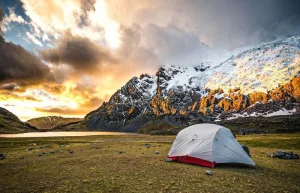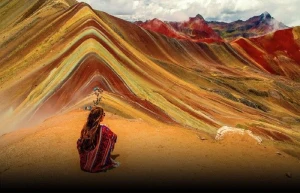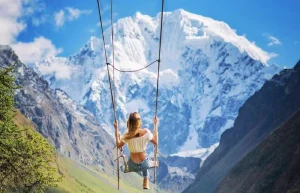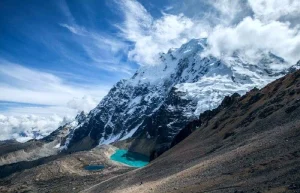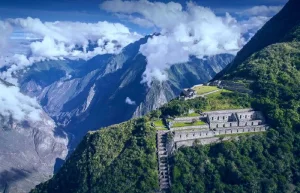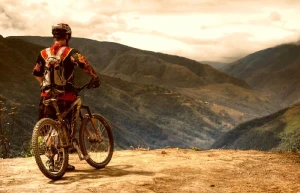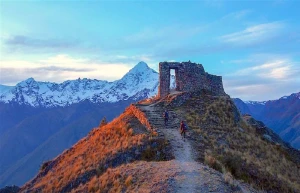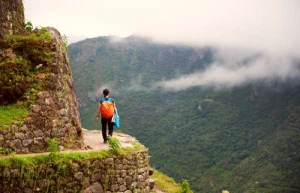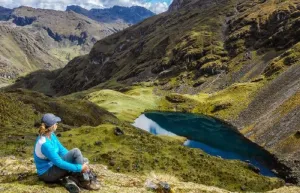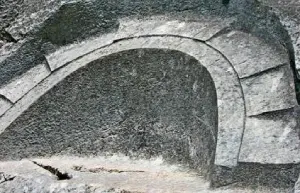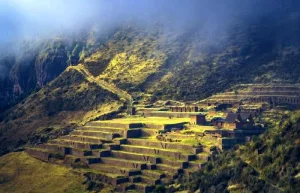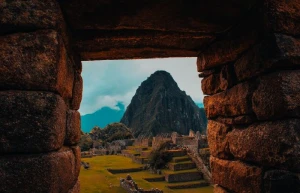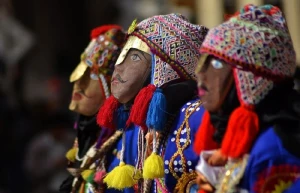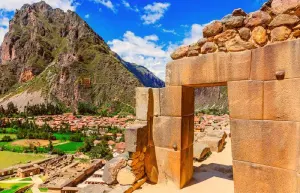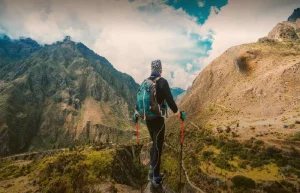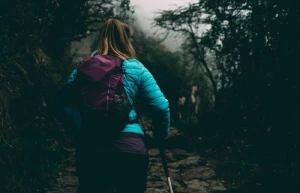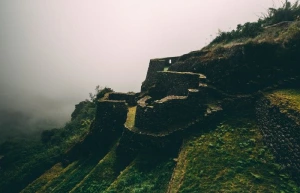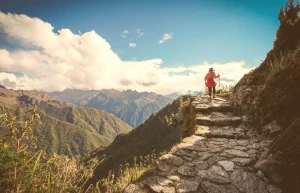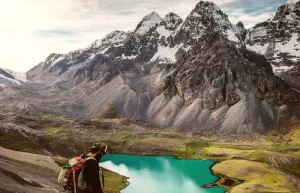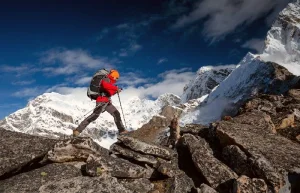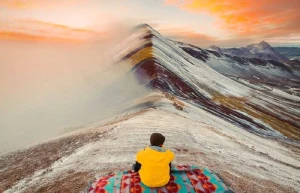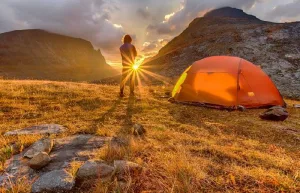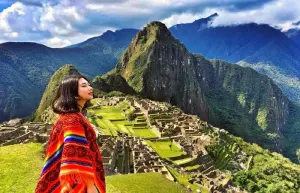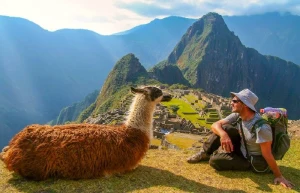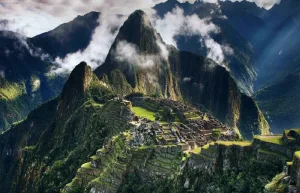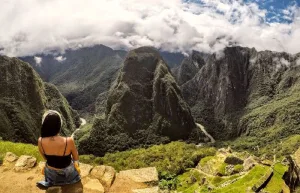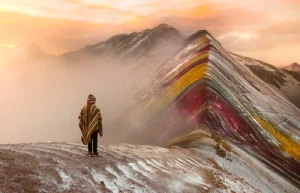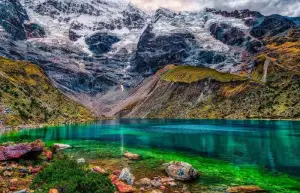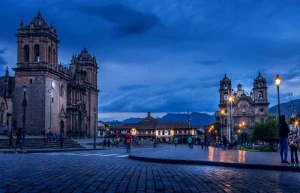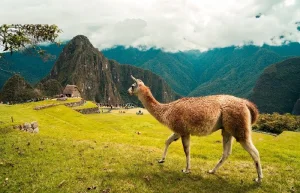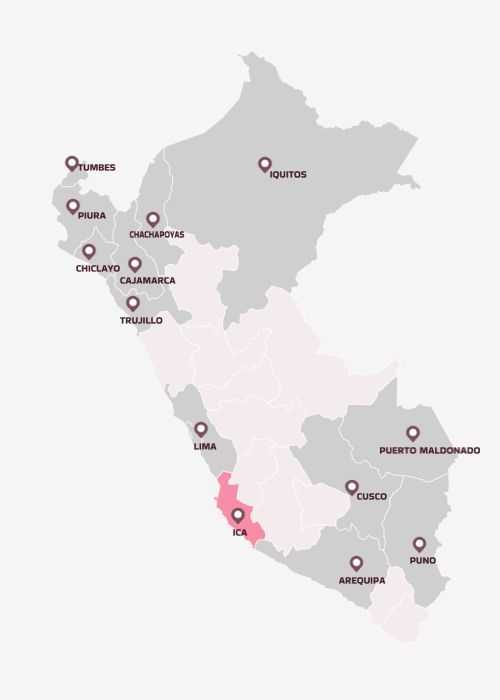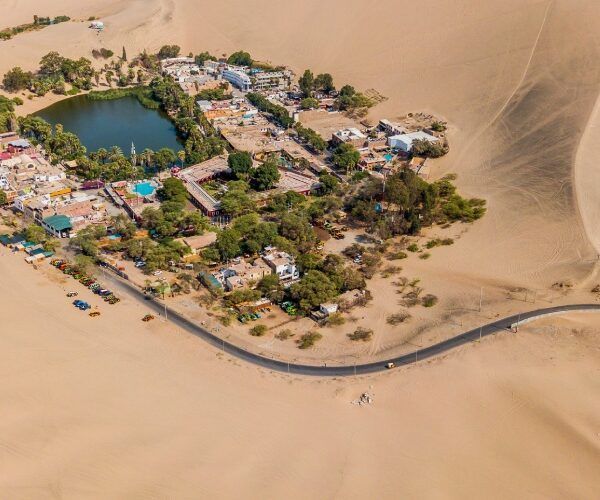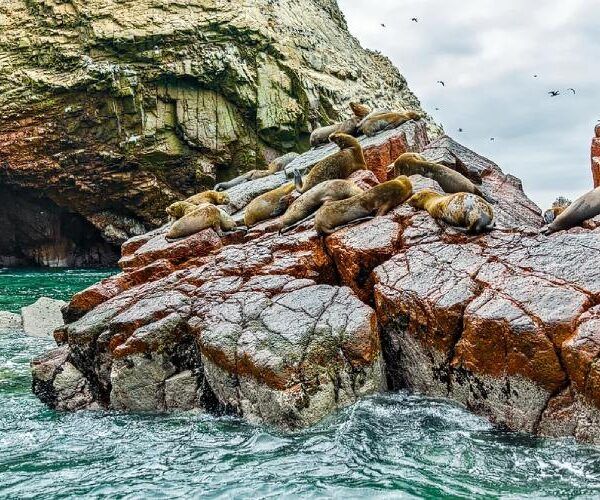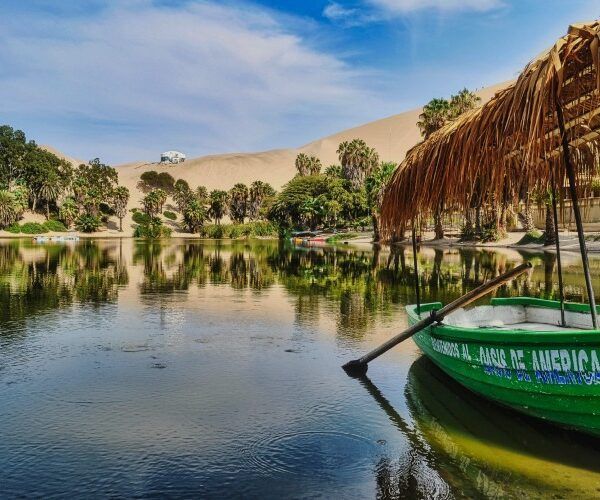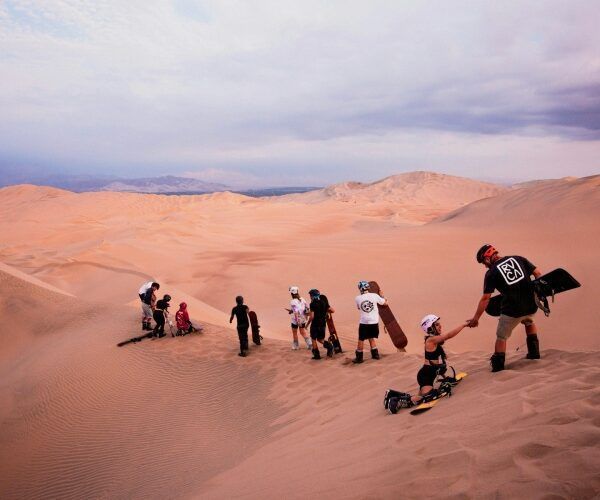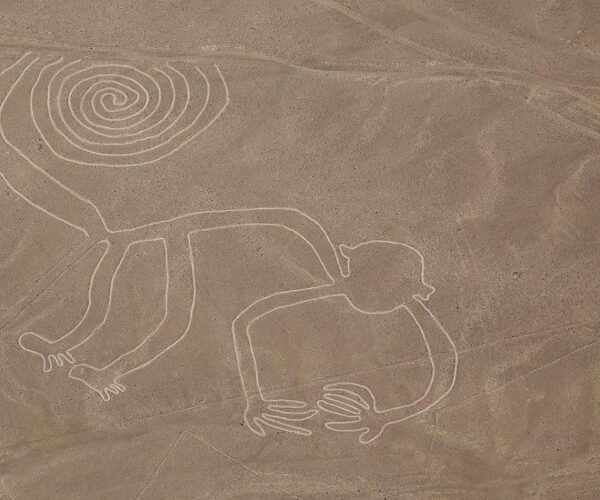Paracas is a small coastal town on the shores of the Pacific Ocean and the jumping-off point for the Ballestas Islands. Part of the 330,000-hectare Paracas National Reserve, these rocky islands are home to an astonishing diversity of wildlife, including Humboldt penguins, blue-footed boobies and colonies of sea lions. Back on land, explore the reserve and its stunning remote landscape by bike or all-terrain vehicle.
The city of Ica and its surroundings are home to Peruvians’ favourite liquor, pisco. Here, explore some of South America’s oldest wineries and distilleries and visit four private wineries and haciendas, all with interesting stories to tell. In the nearby town of Huacachina is the palm-fringed Huacachina Lagoon, a true oasis among the sand dunes – an experience straight out of a storybook. Adventure lovers can try sandboarding and buggies.
From here, exploring Nazca and its enigmatic desert lines is a must. Nazca, the largest city in the Nazca province, owes its name to the culture that flourished in the region between 100 and 800 AD. The Nazca Lines are a collection of pre-Columbian geoglyphs of impressive dimensions, believed to have been created between 500 BC and 500 AD. Etched into the iron-red ground, the lines are visible from a small tourist plane, and for those less adventurous travelers, a portion of the lines can also be seen from some viewing points.
There are hundreds of symbols, ranging from simple geometries to complex animal figures. Theories about their use vary from ritual to practical purposes and they remain an unsolved enigma for anthropologists, ethnologists and archaeologists to this day.
